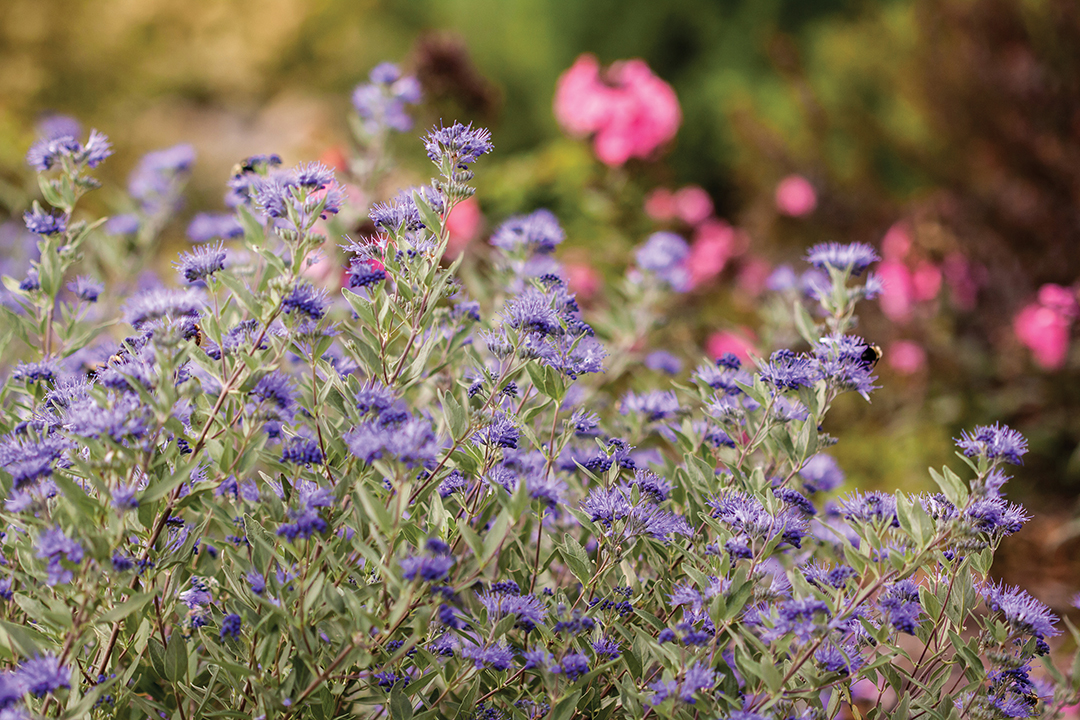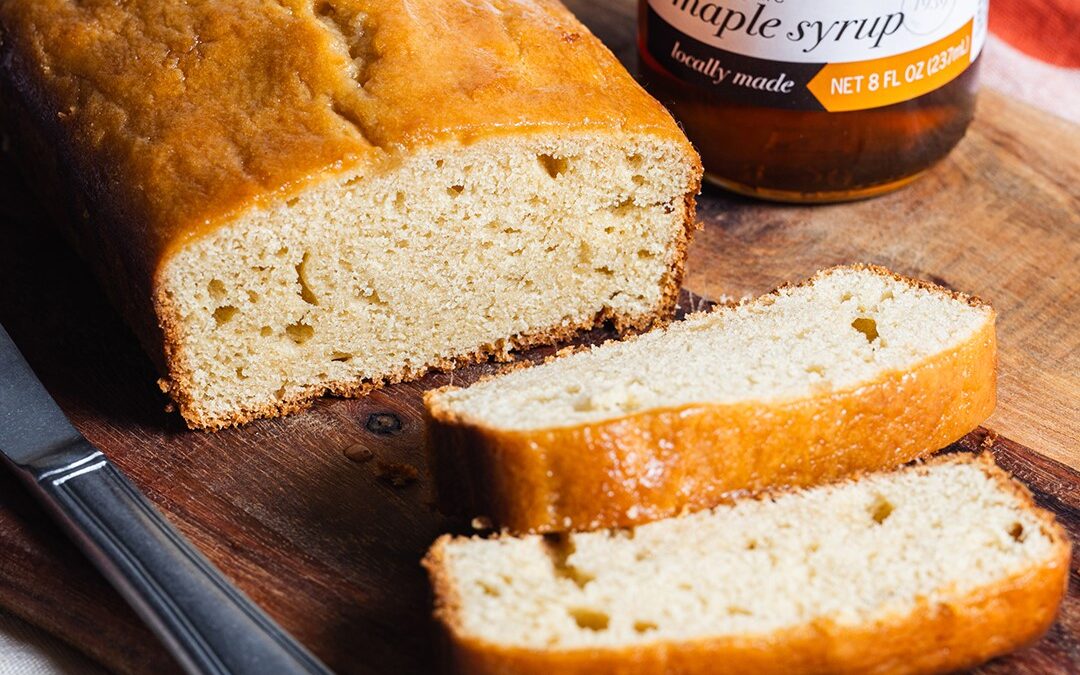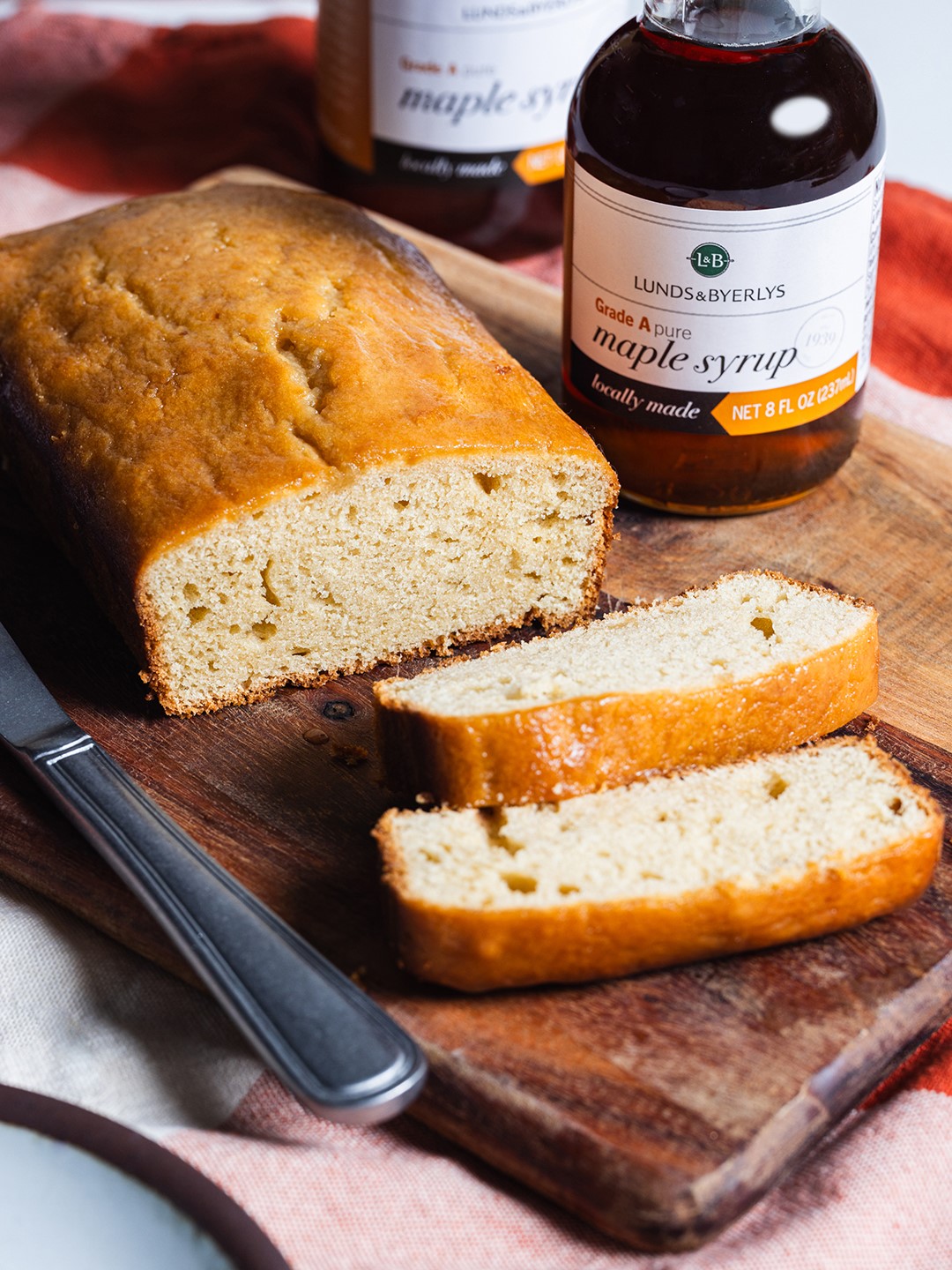
First Editions® Sapphire SurfTM Bluebeard is rated for Zones 5–9. Photo: First Editions® Shrubs & Trees/Tracy Walsh
The update to the USDA Plant Hardiness Zone Map was the talk of the garden community earlier this year. In case you haven’t heard about it, here’s a little background.
The United States is separated into 13 hardiness zones, which are determined based on location, climate and weather. This helps home gardeners know which plants are most likely to survive in the garden, as each plant is rated for a certain zone range. The previous map from 2012 needed an update to reflect the current climate. That new map shifted about half of the country into the
next warmer zone.
Woodbury, previously rated as Zone 4b, is now Zone 5a. What does this mean for you as you head into the planning season? You might want to consider adding some plants you may not have thought possible in previous years to your spring shopping list.
But be aware of what thrives in your garden. Different microclimates or characteristics might mean those Zone 5 plants won’t thrive in your space, even if that’s what the map says. The map determines zones, using the average temperatures over the past 20 years, looking at the average lowest annual temperature recorded. For Woodbury, the average listed is -15 F to -20 F.
While last winter was mild, we all know that temps can drop well below those numbers during weather events like the polar vortex in 2019.
My recommendation to you is this: Take time getting to know your space, and test out which new plants work in your garden. But don’t switch everything out with plants rated for Zone 5 and above. Keep those cold-hardy plants you know can withstand the bitter cold while sprinkling in Zone 5 plants here and there. And, of course, have fun with these new plant opportunities.
Gretchen McNaughton is the communications and content strategist at Bailey Nurseries. Grow more at firsteditionsplants.com.






















